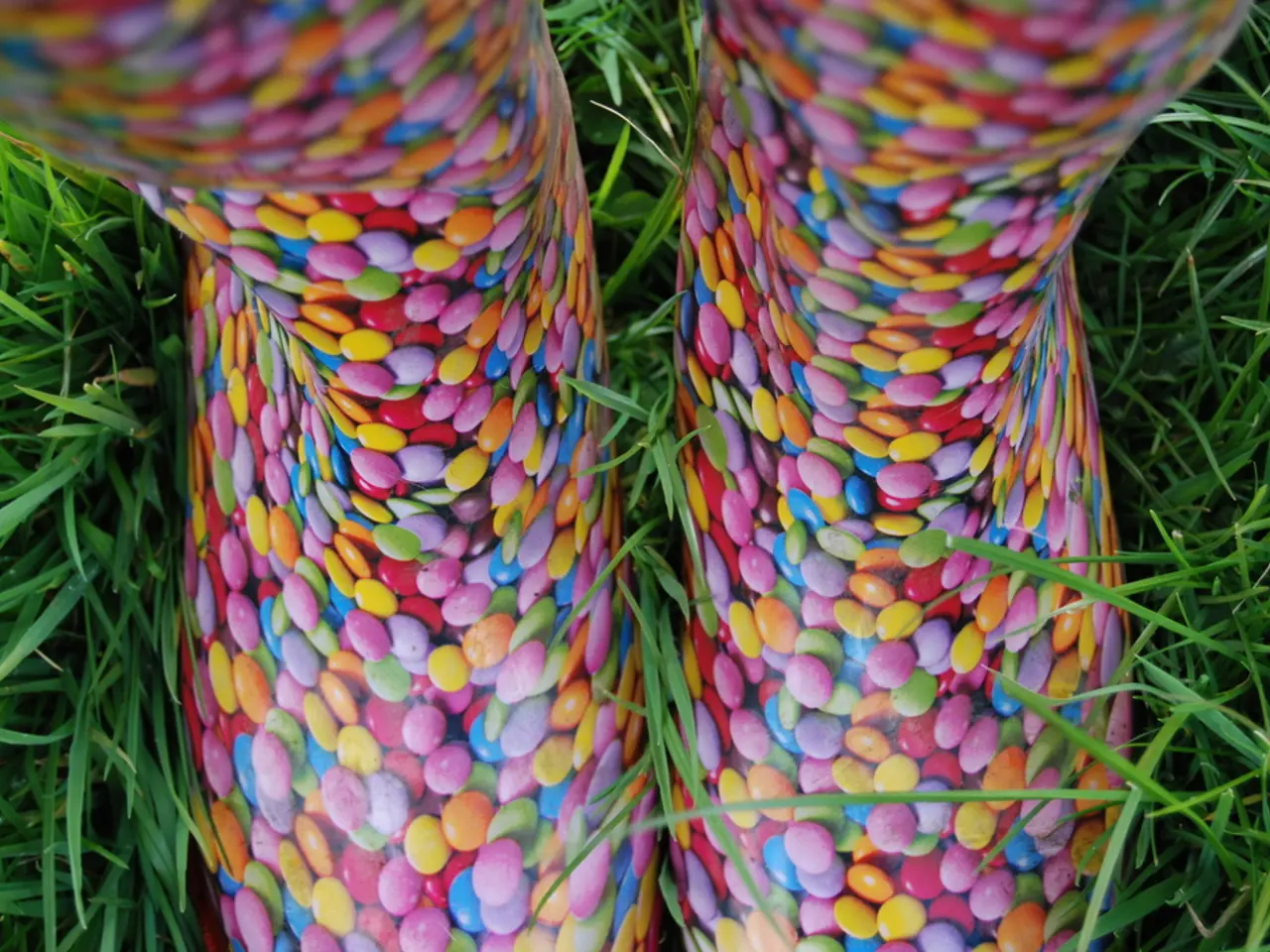10 Bright Yellow Gems to Enhance Your Jewelry Inventory
In the world of gemstones, yellow varieties offer a captivating array of colours and characteristics that make them popular choices for jewellery enthusiasts. From the rare and pricey canary tourmaline to the abundant and affordable citrine, each yellow gemstone has its unique properties and cultural associations. Here is a detailed overview of some of the most sought-after yellow gemstones:
### Yellow Diamond
Composed of pure carbon with a cubic crystal system, yellow diamonds get their colour from nitrogen impurities. They have exceptional hardness (10 on the Mohs scale) and high brilliance. Their yellow hue ranges from pale to intense canary yellow, making them among the most precious yellow gems. Symbolizing wealth, power, and prosperity, yellow diamonds are often used in engagement rings and high-end jewellery.
### Yellow Sapphire (Pukhraj)
A variety of corundum (aluminium oxide), yellow sapphires display bright lemon to golden yellow colour. Known for their warmth and fire, they have high durability and brilliance. Highly prized in Vedic astrology, associated with Jupiter (Guru), yellow sapphires symbolize **prosperity, wisdom, hope, success, strength, and emotional stability**. Believed to bring health benefits and enhance decision-making and relationships, particularly auspicious for Sagittarius and Pisces zodiac signs.
### Citrine
A variety of quartz with a hardness of 7 on the Mohs scale, citrine is characterized by its transparent yellow to orange hues. Known for its bright and sunny colour, citrine is often called the "stone of success and abundance." It is believed to bring positivity, luck, and mental clarity.
### Yellow Topaz
A silicate mineral of aluminum and fluorine, hardness 8 on Mohs scale, yellow topaz ranges from pale yellow to deep golden shades. High clarity and sparkle make this gemstone stand out. Often heat-treated to enhance colour, yellow topaz is symbolic of strength, intellect, and confidence.
### Yellow Garnet
Garnets are a group of silicate minerals; yellow varieties include spessartine and others, with hardness around 6.5–7.5. Bright yellow to orange colours, often with a distinctive brilliance, characterize yellow garnets. Thought to inspire creativity and energy, yellow garnets are a popular choice for jewellery.
### Yellow Jade
Typically composed of jadeite or nephrite, with a softer hardness around 6–7, yellow jade has opaque to translucent texture and yellow hues that range from pale to intense. Traditionally a symbol of **nobility, purity, and serenity** in East Asian cultures, yellow jade is believed to attract wealth and good luck.
### Yellow Fire Opal
A hydrated silica with 5.5–6.5 hardness, yellow fire opal is known for its fiery colours including yellow, orange, and red. Often translucent with an inner glow, less play-of-color than precious opals. Represents passion, creativity, and vitality.
### Yellow Tourmaline
A complex borosilicate, hardness 7–7.5, found in a range of yellows from lemon to golden, yellow tourmaline (aka canary tourmaline) is rare and usually pricey. Known for high clarity and strong pleochroism (colour changes with viewing angle), yellow tourmaline is said to promote self-confidence, happiness, and protection.
### Yellow Zircon
A zirconium silicate with hardness 6–7.5, often confused with diamond due to its brilliance, yellow zircon can be heat-treated to enhance yellow or golden colours. Traditionally symbolizing wisdom, honor, and wealth, yellow zircon is a popular choice for jewellery.
### Golden South Sea Pearls
Organic gems made by oysters, featuring luster rather than hardness (around 2.5–4.5), golden south sea pearls have large, naturally golden pearls with soft glowing warmth. Symbolizing purity, wealth, and prosperity, highly valued in Asian cultures, associated with luxury and elegance.
In summary, these yellow gemstones span a wide range of physical properties, aesthetics, and cultural significances, often symbolizing prosperity, wisdom, positivity, and emotional stability across different traditions. The yellow colour itself is associated universally with warmth, sunlight, and energy, reinforcing these symbolic meanings.
References: [1] https://www.gia.edu/gem-cultures/yellow-diamond [2] https://www.gia.edu/gem-cultures/yellow-sapphire [3] https://www.gia.edu/gem-cultures/citrine [4] https://www.gia.edu/gem-cultures/yellow-topaz [5] https://www.gia.edu/gem-cultures/yellow-garnet [6] https://www.gia.edu/gem-cultures/yellow-jade [7] https://www.gia.edu/gem-cultures/yellow-fire-opal [8] https://www.gia.edu/gem-cultures/yellow-tourmaline [9] https://www.gia.edu/gem-cultures/yellow-zircon [10] https://www.gia.edu/gem-cultures/south-sea-pearls
- The cultural associations of yellow gemstones, such as the yellow diamond's symbolism of wealth, power, and prosperity, extend beyond physical properties and extend into lifestyle and fashion-and-beauty, where they are often used in high-end jewelry.
- In contemporary life, citrine, known for its association with success and abundance, can be found not only in jewelry but also in home-and-garden decor, where its bright and sunny color adds a touch of optimism and prosperity.
- The environmental impact of mining and polishing gemstones is a concern in technology and modern environmental discussions, as manufacturers and consumers alike strive for responsible and sustainable practices in the fashion-and-beauty and home-and-garden industries.




